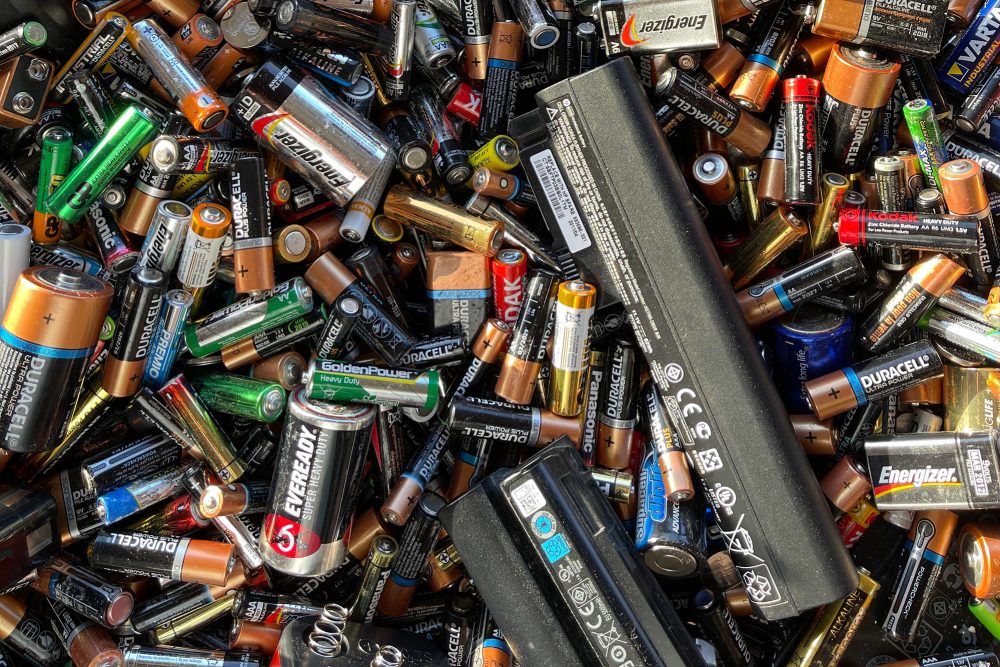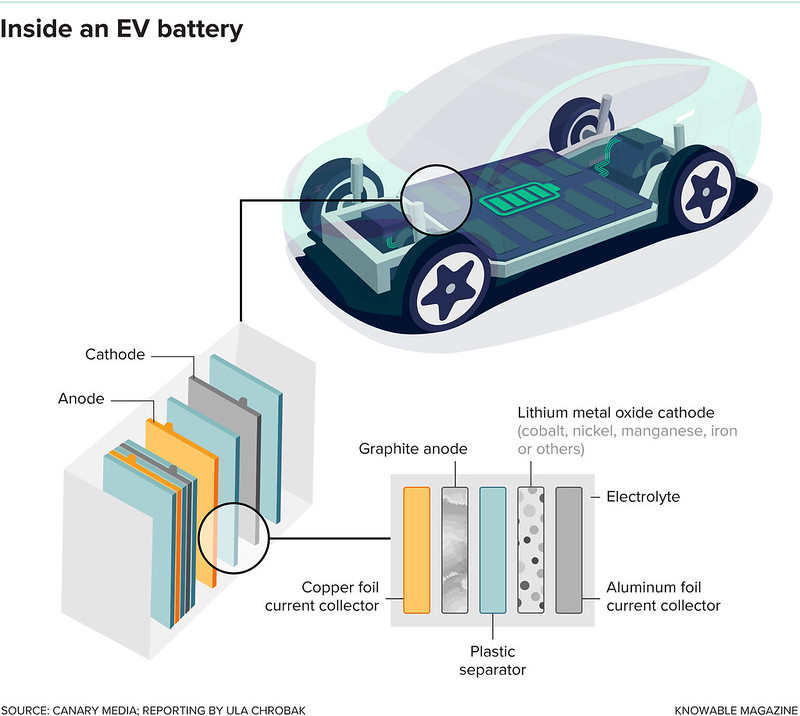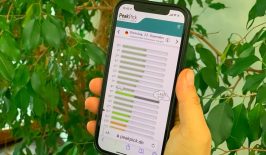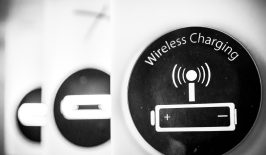Whether as storage in photovoltaic systems or in electric cars — in a climate-friendly future, we need to be able to store electricity efficiently. Storing it well means making it available at certain times and places when needed, and sustainable mobility also requires batteries and accumulators to make e-cars and electric micro-vehicles independent of the power grid.
However, the production of new batteries massively increases the eco-cost of electromobility. Large quantities of resources such as lithium, cobalt and nickel are required for this, and their extraction is not only very costly, but also releases enormous amounts of CO2. One way to make batteries more sustainable is to consistently recycle the materials that are already in circulation.
And this is exactly what the EU Parliament wants to achieve through a new battery regulation that came into force in Germany in 2023.
Why the new battery regulation is important
The EU member states have been discussing new regulations for accumulators and batteries for several years. The current EU Battery Directive dates back to 2006, long before the German Climate Protection Act of 2021 or the Paris Climate Agreement of 2015 came into force. While the new regulations may already apply, from mid-August 2023, companies will be given a grace period until 18 February 2024.
For the first time, the new, Europe-wide battery regulation considers the entire life cycle of new batteries. For this purpose, information is to be collected in a digital battery passport and made available throughout their entire life. Theoretically, this would allow recycled batteries to be traced back to the manufacturer. In addition, the new regulation also tightens the sustainability regulations for batteries and spent batteries. By 2031, batteries must have new minimum proportions of recycled materials.
More recycling for lithium, nickel and cobalt
The problem is that by no means that all batteries must be recycled. The Munich-based start-up Tozero, for example, wants to reduce the waste from battery recycling to 0 percent. However, power storage units in circulation are not being recycled consistently enough and end up in landfills instead. So materials like lithium, nickel and cobalt have to be re-extracted, and that drives up the eco-balance of batteries. It is precisely for these materials that the new Battery Ordinance contains new requirements.
Specifically, new batteries must contain a minimum of 85 percent recycled lead from 2031. For cobalt, the requirements will be 16 percent, for lithium and nickel 6 percent. In total, 80 percent of the lithium from spent batteries is to be recycled by the end of 2031. In order to make the recycled materials available, the new regulation also formulates collection targets for manufacturers. This applies above all to industrial batteries, batteries in light means of transport and general-purpose portable batteries.
The new Battery Ordinance already sets this collection target for manufacturers at 73 percent by the end. For used batteries in light vehicles, the target is 61 percent and the deadline is the end of 2031. In order to better track which batteries are in circulation, which components they are made of and also whether they have already been recycled, the EU member states have also agreed on a new battery passport.
Digital battery passport to provide more transparency
In the future, the digital battery passport will be found as a QR code on batteries. This will be a new requirement for batteries for light transport, industrial batteries with a capacity of more than 2 kWh and traction batteries — for example, traction batteries for e-cars.
The information collected includes safety instructions regarding the disassembly of the battery, previous recycling and repair processes, the composition of the battery, information on its carbon footprint and the origin of battery materials used. In addition to the digital battery passport, some of whose information can only be viewed by the manufacturer or recycling companies, batteries should also be more clearly labelled in future. Consumers should thus be able to better assess how they should deal with used batteries.
The EU’s new battery regulation is also exciting as a blueprint for new regulations for other materials that we will have to recycle better in the future. According to Federal Environment Minister Steffi Lemke, the great achievement of the new regulations is that they “for the first time focus on the entire life cycle”. The fact that environmental aspects are also included is a “real milestone”.
Based on this milestone, it is therefore important to introduce holistic regulations also for building materials, electronic waste and other materials. Because through consistent recycling, we can cover a large part of our resources without mining new materials.









